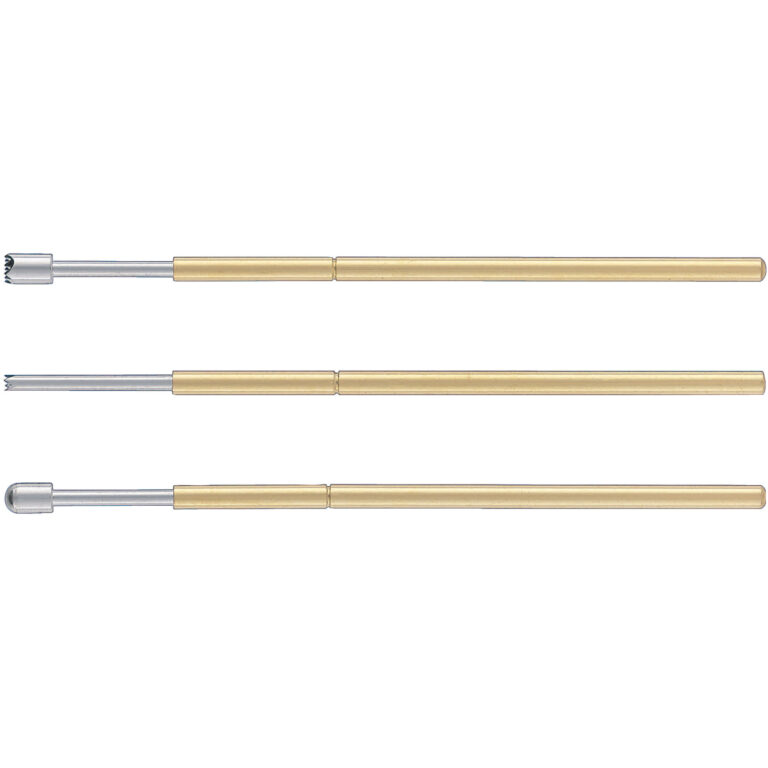Discover why these components fail first and actionable strategies to reduce downtime in industrial automation systems.
Automation engineers know that machinery breakdowns are costly—according to McKinsey, unplanned downtime costs manufacturers $20 billion annually. But what if you could predict which parts are most likely to fail? In this article, we’ll reveal the top 10 most vulnerable components in automation systems, backed by industry data and case studies, along with proven maintenance tactics to maximize ROI.
1. Bearings: The Silent Victims of Friction
Bearings are the unsung heroes of rotating machinery. Yet, 70% of bearing failures occur due to poor lubrication or contamination (Source: SKF Bearings Report).
Why They Fail:
- Metal-to-metal contact in high-speed applications
- Dust ingress in food/pharmaceutical environments
- Lubricant degradation from heat exposure
Case Study: A semiconductor fab reduced bearing failures by 40% after implementing an automated lubrication system with IoT sensors to monitor viscosity levels in real time.
Pro Tip: Use grease-filled bearings for dusty environments and switch to synthetic lubricants in extreme temperature conditions.
2. Seals & Gaskets: The Invisible Leakers
Seals are critical for maintaining pressure and preventing leaks, but they’re often replaced prematurely.
Industry Insight:
A study by Automation World found that 65% of hydraulic cylinder failures stem from seal wear.
Common Killers:
- Pressure spikes in stamping presses
- UV exposure in outdoor conveyor systems
- Chemical compatibility issues in paint booths
Solution: Opt for fluoropolymer seals (e.g., PTFE) for chemical resistance and install O-rings with Shore hardness 70-90 for flexibility.
3. Linear Guides: Precision Meets Wear
Linear motion systems account for 30% of all automation downtime (Machine Tool Builders Association).
Failure Modes:
- Scratching from metal shavings in CNC machining
- Lubrication starvation in vacuum environments
- Thermal expansion causing misalignment
Innovative Fix: Some manufacturers now use self-lubricating polymer guides that reduce maintenance cycles by 50%.
4. Electrical Contacts: Sparks of Disaster
Relays and contactors control power flow, but arcing eats away at contacts.
Data-Driven Fact:
Electrical engineers at a steel mill cut contactor replacement costs by 60% using silver-plated contacts and a predictive maintenance schedule based on current draw analysis.
Prevention Tips:
- Install arc suppression circuits
- Schedule inspections every 6 months (or 500k cycles)
- Use contactors with silver-nickel alloy for high-current applications
5. Belts & Chains: The Rodney Dangerfields of Automation
Belts and chains are often overlooked until they snap.
Costly Consequences:
A food packaging plant lost $1.2M in downtime when a conveyor belt failed mid-production run.
Best Practices:
- Replace V-belts every 1,500-3,000 hours (or when elongation exceeds 3%)
- Use hardened steel chains for heavy loads (>500 lbs)
- Install tension sensors to detect slack before failure
6. Sensors: Eyes of the System
Optoelectronic sensor and encoders provide critical feedback, but they’re vulnerable to environmental insults.
Real-World Example:
A robotic welding cell’s vision system went blind after 3 months due to condensation on the camera lens. Adding IP67-rated enclosures and a heating element solved the problem.
Maintenance Musts:
- Clean lenses weekly with isopropyl alcohol
- Calibrate encoders quarterly
- Shield photoelectric sensors from direct sunlight
7. Hydraulic Pumps: The Heart of Force
Pumps generate the power that moves robots and presses, but internal wear reduces efficiency.
Industry Benchmark:
AInjection Molding Machine manufacturer improved pump life from 800 hours to 1,500 hours by switching to variable displacement pumps and implementing viscosity monitoring.
Troubleshooting Tips:
- Check for unusual noises (cavitation signals)
- Monitor oil temperature (ideal range: 40-60°C)
- Replace piston seals every 2,000 hours
8. Actuators: Muscle Fibers of Automation
Pneumatic and hydraulic actuators drive everything from grippers to stamping dies.
Failure Patterns:
- Seal leakage in packaging machines
- Rod scoring in material handling
- Air hammering in valve actuators
Advanced Solution: Some aerospace companies now use voice coil actuators that eliminate seals and require zero lubrication.
9. Switches & Limit Switches: Safety Critical Components
These devices protect workers and equipment, but their failure can lead to catastrophic accidents.
Regulatory Reminder:
OSHA reports that 29% of machinery accidents involve faulty limit switches.
Best Practices:
- Use mercury-free tilt switches for food safety
- Install redundant safety circuits
- Test switches monthly under load conditions
10. Power Cords & Connectors: The Lifelines
Frequent bending and vibration take their toll on wiring.
Costly Lesson:
A robot arm’s cable bundle snapped during a critical production run, causing $2M in damages. Replacing rigid cables with flexible armored cables reduced risks.
Pro Tips:
- Use M12 connectors for high vibration environments
- Route cables through cable carriers
- Perform insulation resistance tests quarterly
How to Turn Maintenance into Profit
- Adopt Predictive Maintenance (PdM): IoT sensors can predict part failures 3-6 months in advance.
- Leverage Industry 4.0: Microsoft’s Azure IoT predicts bearing failures with 92% accuracy.
- Train Staff Properly: Poor lubrication techniques cause 80% of bearing issues (Plant Engineering).
- Stock Critical Spares: Keep a 3-month inventory of high-wear parts.



